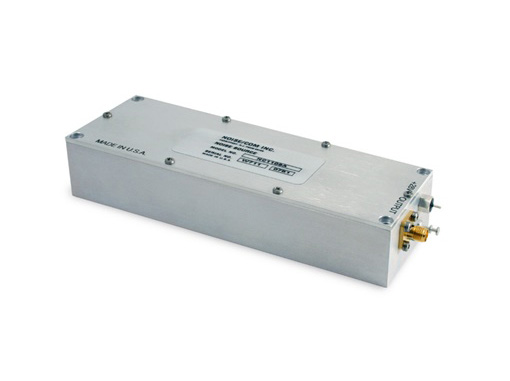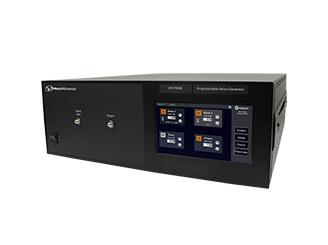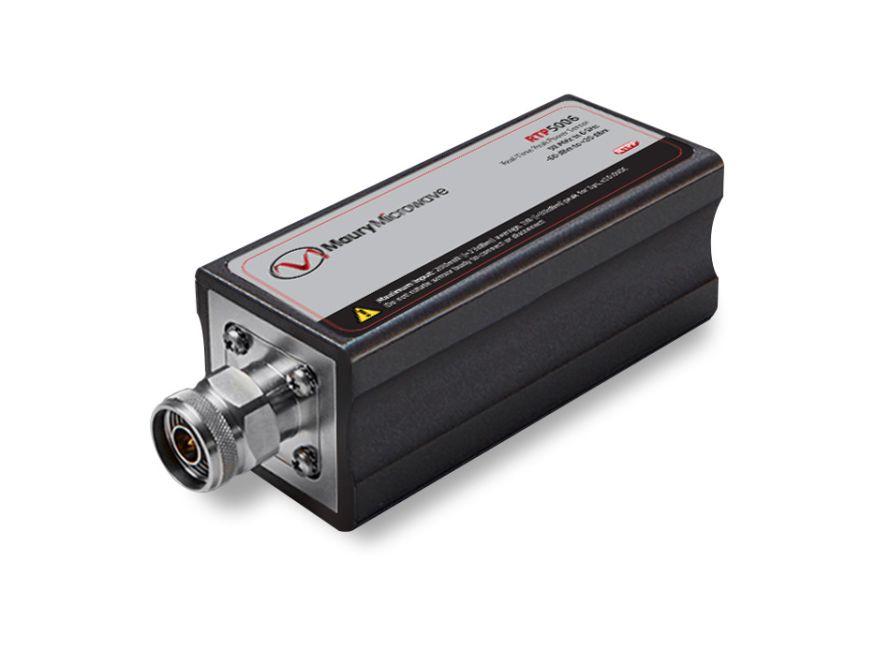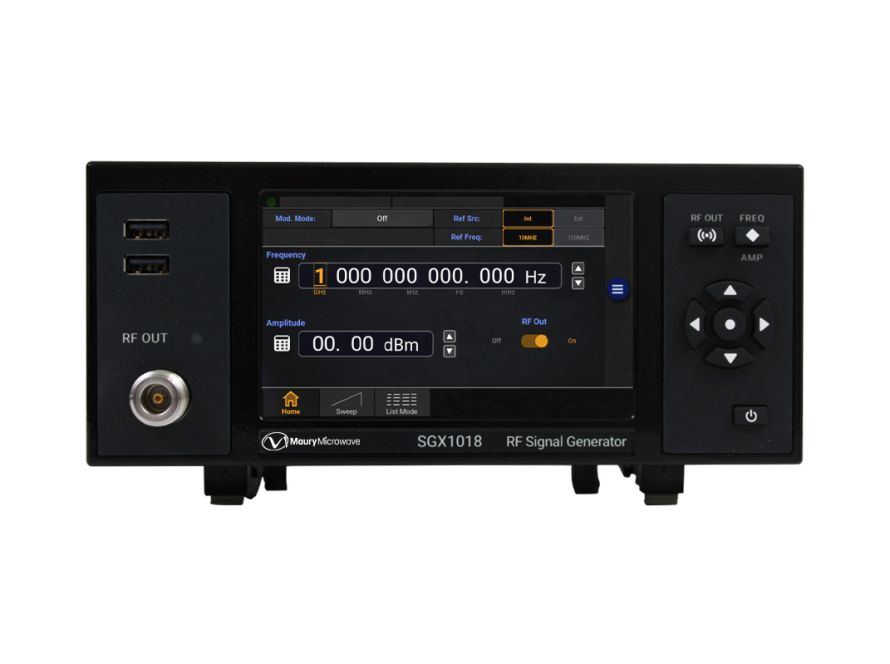The highest performance in complex, challenging environments
Maury radio frequency (RF), microwave, and millimeter-wave technologies form the cornerstone of modern aerospace and defense systems—powering radar, communications, electronic warfare, and precision-guided weapons. High-precision measurement, modeling, and test solutions ensure these systems perform reliably whenever, and wherever they’re needed most.
Maury solutions support:
- Reliability in unpredictable environments: High altitude, temperature variations, and electronic clutter demand robust and accurate systems.
- Faster time-to-market: Simulation and modeling accelerate innovation for new technologies.
- System validation: Ensures the signal you put in has the expected output.
From enabling secure, high-speed data links to validating mission-critical radar and EW capabilities, accurate RF testing accelerates innovation, reduces risk, and ensures operational superiority.

Learn more about Maury solutions for aerospace & defense
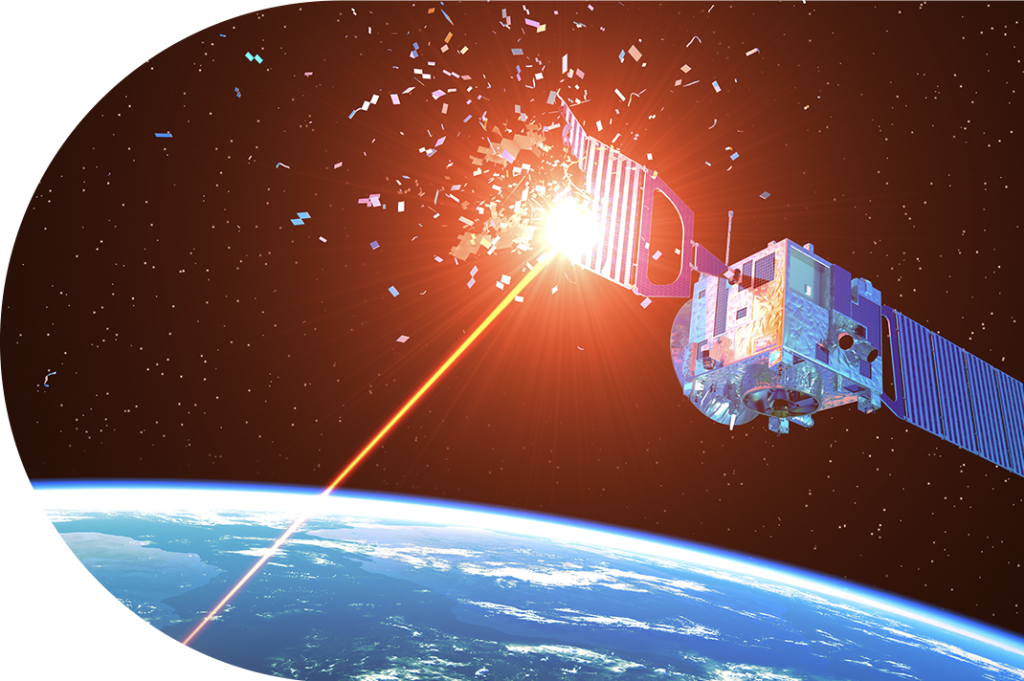
Directed energy weapons for today’s battlefield
A growing area of focus for Department of Defense (DoD) research and development, laser-based directed energy weapons engage enemy targets with concentrated, narrow beams of energy. These powerful, precision strikes disable or destroy a target’s most critical components.
High-energy lasers (HEL) are vulnerable to complex challenges such as Stimulated Brillouin Scattering (SBS), where reflected energy can damage laser components and limit output power. From the lab to integration into deployment-ready systems, Maury additive white Gaussian noise (AWGN) sources can mitigate the risks of SBS while maintaining power level requirements.
Maximize high-energy laser power delivery with advanced AWGN coherence spreading.
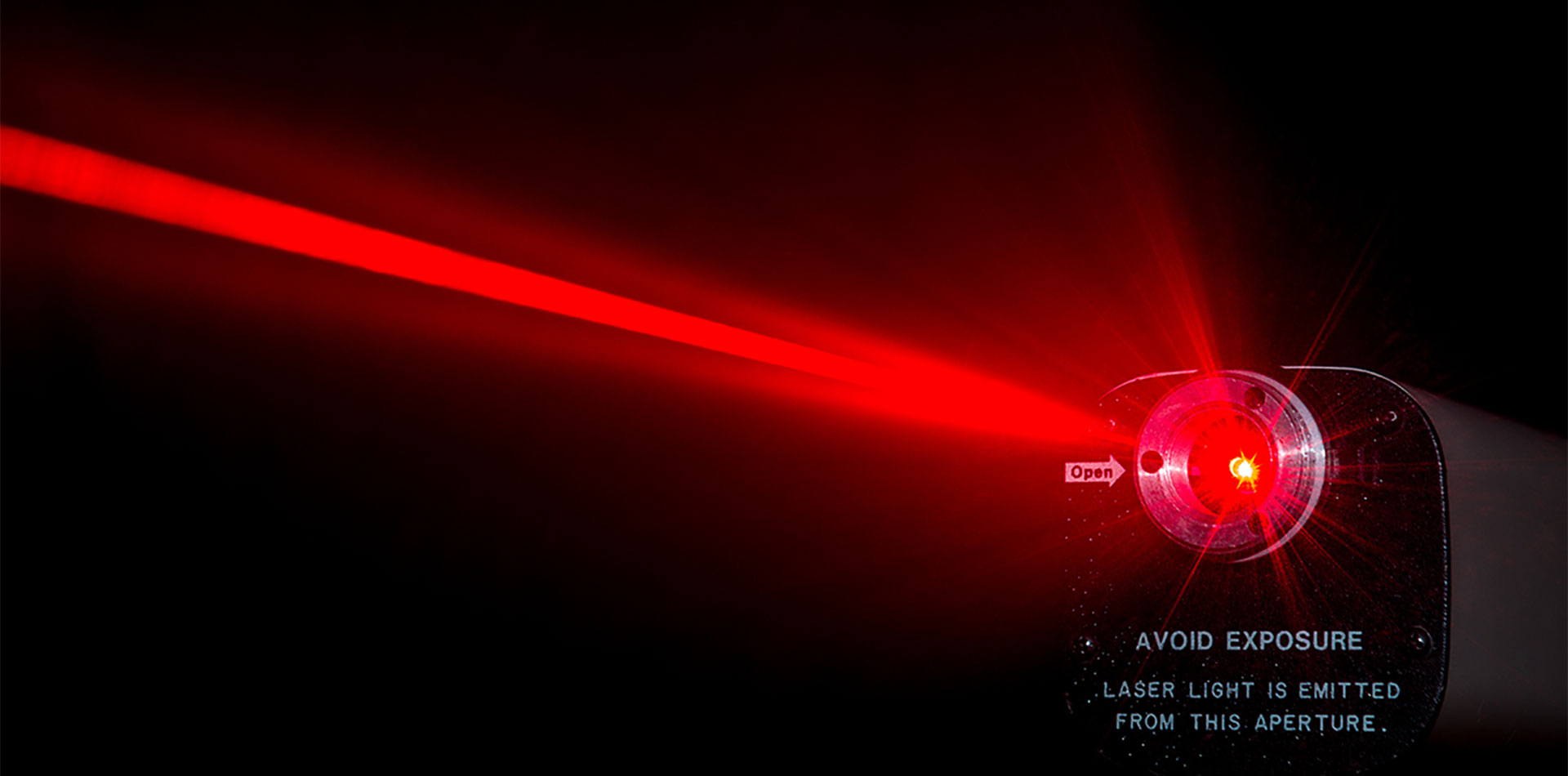
High-power microwave (HPM) systems emit microwave energy in a broad cone shape to disrupt various electronic targets, relying on amplifiers to boost signal power to mission-critical levels. Maury T&M amplifiers deliver the linearity and performance needed to meet antenna field strength reequipments and drive the success of multi-target engagement operations. Broadband capability ensures high output across a wide spectrum, supporting dynamic, complex target operations, providing the flexibility necessary for advanced directed energy missions.
Physical layer testing throughout the RF and microwave path of mission-critical systems
Low-Earth orbit (LEO) satellite deployments are increasing due to factors such as reduced latency, enabling civil/commercial and military applications including, but not limited to, 5G and military battlefield communications. Radar systems are also used in mission-critical applications, such as identification friend or foe (IFF) that identifies targets as either friendly or hostile. To ensure reliable operation, LEO satellite networks and radar systems require very demanding test requirements.
Maury solutions are being entrusted to provide physical layer testing throughout the RF and microwave path of the uplink and downlink for radar and satellite communications systems, spanning critical test areas such as propagation delay and 5G TDD network timing, noise tolerance testing, amplifier linearity, phase noise analysis, and characterizing antenna performance.
5G satellite networks use time division duplex (TDD) to optimize spectrum management, rapidly switching between uplink/downlink operations on the same frequency band. As of uplink/downlink handover requirements increase in complexity as applications move to higher frequencies—advanced test instruments are needed to characterize high-speed 5G TDD switch behavior.
Maury power sensors can capture this rapid performance with 3-nanosecond rise times, 100-picosecond time resolution, and the fastest measurement rate available at 100,000 per second. Maury channel emulation solutions can simulate Doppler, attenuation and signal delay across LEO, MEO, and GEO satelltie paths.
As more and more satellites are launched into low Earth orbit, satellite networks must contend with various communications from relay satellites and uplink/downlink stations. To ensure performance observed in the lab is replicated after deployment, satellite communications networks must be designed to operate in real-world RF interference conditions.
Maury noise generators and channel emulators can create additive white Gaussian noise (AWGN) signals that satellite network designers can inject into their unique RF uplink/downlink paths, enabling precision signal-to-noise (SNR) and carrier-to -noise (CNR) manipulation. Jitter manifests as time-domain variations of the waveform, while phase noise measures frequency instabilities. Satellite network developers can utilize Maury phase noise analyzers to test the jitter and phase noise of their satellite network.
Both satellite communications and radar rely on linear amplifier performance, where the fidelity of signals directly impacts dynamic range, target detection, and tracking. Nonlinearities not only distort waveforms, but leads to a degradation of system performance and mission success.
Maury power sensors deliver the capabilities needed to assess amplifier linearity with confidence. Crest factor measurements and complementary commutative distribution function (CCF) curves provide an accurate, cost-effective approach for linearity assessment. In mission-critical pulsed radar systems, fast rise times track pulse edges cleanly and accurately, wide video bandwidth captures envelope power, and fine time resolution provides essential data on narrowly shaped pulses.
Satellite communication systems that utilize higher order modulation schemes, such as those used in 5G applications, increase bit rate/bandwidth. While data rates increase, so does the network’s vulnerability to symbol errors due to phase noise. In radar systems, phase noise can mask return signals, limiting a radar receiver’s ability to resolve Doppler-shifted target information. Local oscillators (LO) can be the cause of excessive phase noise if the system is experiencing poor performance/symbol errors. Maury noise generators and channel emulators can reproduce the phase noise generated by a system’s LOs, while Maury phase noise analysis solutions can evaluate LO phase noise performance.
Maury signal generators are ideal for LO substitution, which replaces the LO with a high-quality, extremely pure, low phase noise waveform to determine if the LO itself is the cause of performance issues within the system. LO substitution can also isolate up/downconverter chains for more accurate testing without faulty LO characteristics distorting results.
Antennas are critical components for reliably communicating information. Maury peak power sensors provide a simple, convenient method to characterize antenna performance in satellite systems. Peak power sensors can monitor the incident power of a communications signal before transmission and the portion of the signal power reflected back from the antenna. Return loss is used to measure this difference between forward power and reflected power.
Antenna pattern measurements represent an antenna’s radiation properties, or how it radiates/transmit energy into space. Patterns are typically three dimensional since antennas radiate energy in every direction to some degree. Antenna gain characterizes the directivity of the radiation pattern. With x, y, and z movements, power measurement solutions from Maury can be used to determine the intensity of pulsed or CW signals that an antenna radiates in a given direction, simplifying antenna calculations and analysis.
Related Resources
Latest News & Blogs
What Are High-Power Microwaves and Why Do They Matter on the Battlefield?
High power microwave (HPM) technology is an effective tool to counter hostile electronic systems quickly and precisely. In this post, we’ll explore what HPM systems are, how they work, and…
How Can Engineers Validate the Power and Precision of High-Power Microwaves?
When an electronic threat is identified, high-power microwave (HPM) pulses can be used to shut down or destroy a target’s most essential systems. Achieving this level of performance requires advanced…
Why Does Pulse Shape Matter for Radar (and How to Accurately Characterize It)?
From air traffic control operations to weather monitoring to mission-critical military applications, pulsed and pulse compression (CHIRP) radar plays a vital role in target detection and tracking applications. In this…
How Do Natural Effects & RF Impairments Impact Satellite Transmissions?
Satellite communications signals travel through environments filled with natural effects and impairments that can impact transmissions. For example, signals must contend with distortions introduced from various interfering sources. Free-space propagation…
Why Is Channel Emulation Key for Deploying 5G Non-terrestrial Networks Successfully?
Relying solely on traditional ground-based infrastructure has limitations, particularly when providing coverage to remote or underserved areas. 5G non-terrestrial networks (NTN) enhance the capabilities of terrestrial systems by integrating non-terrestrial…
Want to Optimize Satellite Communications Testing? Join Us at Booth #2112 during SATELLITE 2024
Hosted in Washington, DC, SATELLITE 2024 is a premiere conference for the global space and satellite communities to discuss the latest innovations, products, and services. In this blog post, learn what attendees can…
How Can Local Oscillators Impact the Performance of Radar and Satellite Systems?
Local oscillators (LO) are crucial components used in the upconversion and downconversion chains of radar and satellite communications systems. In this post, learn the role of the LO and how…
Why Should Directed Energy Weapons Integrate an Additive White Gaussian Noise Source?
Embedding a noise source into a laser weapon’s electronics can improve its effectiveness in neutralizing hostile targets. Want to learn how that’s possible? Available now is the Noisecom webinar, “How Can…


